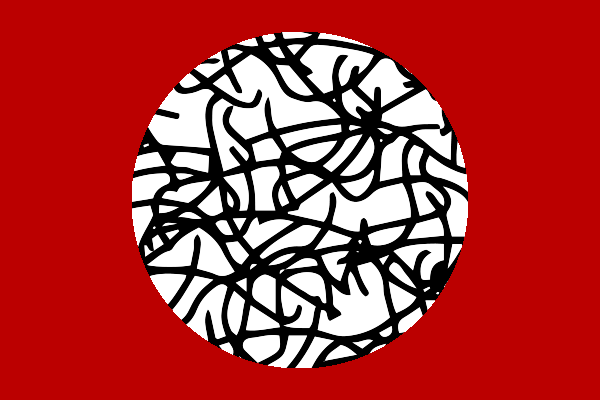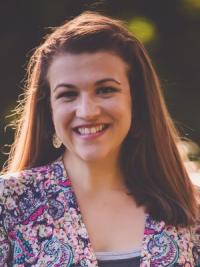Research Spotlight: Angie Romines


Each month, the Communications Team reaches out to members of the Department of English faculty and asks them to elaborate on a current research or creative project they are working on or have recently completed. For this month, we asked senior lecturer Angie Romines about her creative nonfiction work and its personal connection to her family.
In your own words, as the expert that you are, can you provide an overview of your project?
I am piecing together essay-by-essay a creative nonfiction book about Kentucky women in my family tree who lived hard, hard lives, but survived all the same. I have two essays written so far. The first is “Malus Domestica” which was published this July in The Rumpus. This essay is about Susan Bishop, my great-grandmother who, at the age of fourteen, was married off to a seventy-four-year-old man in exchange for an apple orchard. The other in-progress essay has the working title of “The Hatchet/To Sever” and is about Mary Jane Fields Bishop, my great-great grandmother and Susan’s mother who (allegedly) killed another woman with a hatchet to the chest for hanging around my great-great grandfather. I have many other interesting Kentucky women on both my maternal and paternal sides of the family to build other essays on, but Susan Bishop and her mother are the beginning of it all.
Now, could you shorten this description into one sentence that uses accessible language?
I am working on a creative nonfiction book about Kentucky women in my family tree, using genealogy, supplemental research and a braided structure.
In what ways is your research significant?
In my family, our Kentucky heritage was a hush-hush topic because it was seen as “trashy” in my upper middle class suburban area in Northern Indiana. Because of this, my generation knows very little about what life was like for my grandparents and before them surviving harsh Appalachian living conditions. Part of my research will also be exploring epigenetics, trauma and memory, and all the different ways stories can be lost and then pieced back together again if you dig deep enough. Epigenetics is a newer field about how your behavior and your environment (especially when in relation to trauma) can affect how your genes are read or marked (definition loosely taken from CDC). Researching this essay collection is significant because it marks a reclamation of buried heritage and it highlights the incredible lengths women went to, just a hundred years back, to build a life for themselves and their children. But along with their stories, I also want to explore inheritance through epigenetics and how the trauma of the past might have marked future generations.
Are you working with any colleagues or collaborators?
Nope! I am, however, spending a lot of time cold-messaging distant relatives on Ancestry.com, so there is definitely collaborating and collecting going on there. One of Mary Jane Fields Bishop’s descendants was able to give me detailed directions to where she, Susan Bishop and other family members are buried in Jackson County, Kentucky. I plan on visiting there sometime in the next year to see if I can find the orchard from “Malus Domestica.”
Is the project being funded or supported by any individuals or organizations that you would like to acknowledge?
Not at this time, but I will take money if any of you have some, haha.
Where do you see this project going in the future?
It’s going to take a while to compile enough essays to get this project to book length so I can pitch it to agents, but that is a way in the future kind of goal, especially with how the pandemic has slowed my brain down quite a bit. In the meantime, I’ll be working on placing individual essays from this project as I did with “Malus Domestica,” so I better get to revising!
What's next for you? What would you like to work on once this project is completed?
I have this speculative fiction idea about this group of people who live in a repurposed, sustainable shopping mall that’s been sealed off from the outside world. Maybe there’s a murder. Maybe not. But there’s definitely a mall. We’ll see where it goes in forty years when I’m finally ready to move onto a new project.
